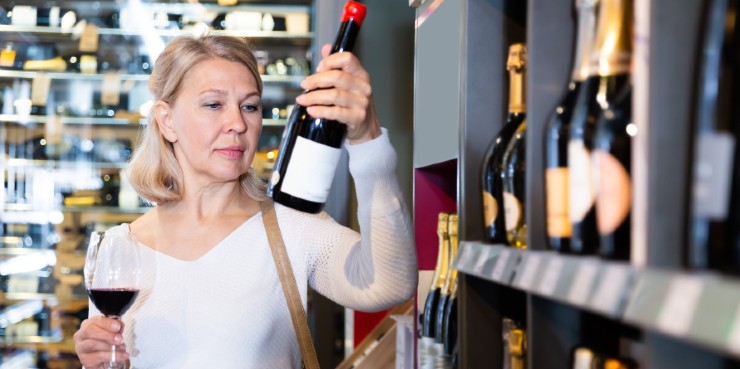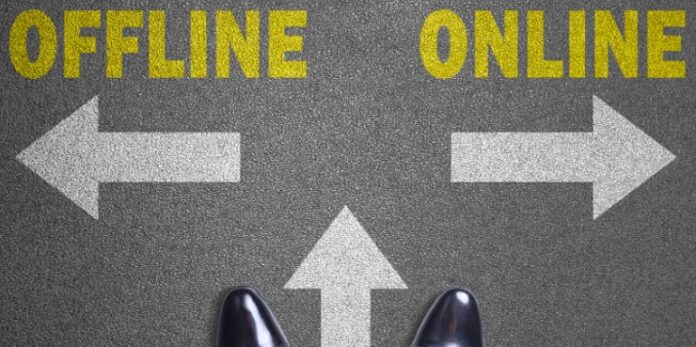Going back to the beginning of time, everyone purchased alcohol beverages in person. As the years went on and online shopping grew in popularity, liquor still needed to be purchased in person due to the complexities of shipping across state lines and delivering to underage consumers.
But now, technology has made online shopping for alcohol possible. And soon it may even be a requirement for brands if they want to stay relevant with today’s consumers.
“One of the trends we’ve seen in the younger generation, Gen Z specifically, is that their changing shopping behaviors are more aimed towards online and brand affinity,” says Justin Dean, chief technology officer at DRINKS, an operating system that enables alcohol e-commerce for retailers, brands, marketplaces and wineries. “When you’re putting a product online, you’re telling your brand story. You can also have more brand touchpoints with online products, as well.”
Online Interactions Build Relationships with Customers
One of the big differentiators between selling online and through liquor stores is the fact that you can build relationships with your customers much easier through an online platform. When you sell your product to liquor stores, you have no idea who the end consumer is and what their interests are. But by selling directly to them through an online platform, you get all of that personalized data at your fingertips.
“Having a direct relationship with your customers is starting to be the expectation,” Dean notes. “It’s no longer acceptable for brands to only do one-way advertising with just a TV or radio ad. You need to speak directly to your customer base either by sharing an email or social media update with a new product. Without having an online presence and the ability to do e-commerce at that level, you’re limited with what you can do.”

Liquid to Lips Still Sells
While online interactions can certainly help brands to build those personal relationships with consumers, bringing liquid to lips has and will always be a successful marketing tactic. Since many liquor stores offer tastings or educational courses where customers can try a variety of different spirits, it’s a great way to get consumers to sample your brand.
For Tip Top Proper Cocktails, a canned cocktail brand, the focus of their marketing for the year ahead will be around this tried and true method.
“I’m tired of hearing and saying it, but liquid to lips is one of the best methods,” says co-founder Neal Cohen. “That’s why we’re targeting food and drink festivals. We’re trying to ensure that we’re getting as many people to try Tip Top as we can because with a fairly saturated market, taste is going to continue to be the best differentiator for us.”
Omnichannel Wins
While it doesn’t make sense to only sell through one medium, with the help of AI and other technologies, offering your beverage alcohol products both online and in store can greatly benefit your business. At the end of the day, you need to meet your customers where they want to be met — and in this day and age, it’s through omnichannel preferences.
“The alcohol landscape hasn’t evolved much since prohibition. It’s antiquated and very hard for any innovation to make its way through,” Dean says. “But with new innovations and platforms like ours who are making beverage alcohol entry a lot easier, along with the aid from AI, it’s becoming more compelling to want to be online.”






